Why Choose Tijuana for Dry Eye Treatment?
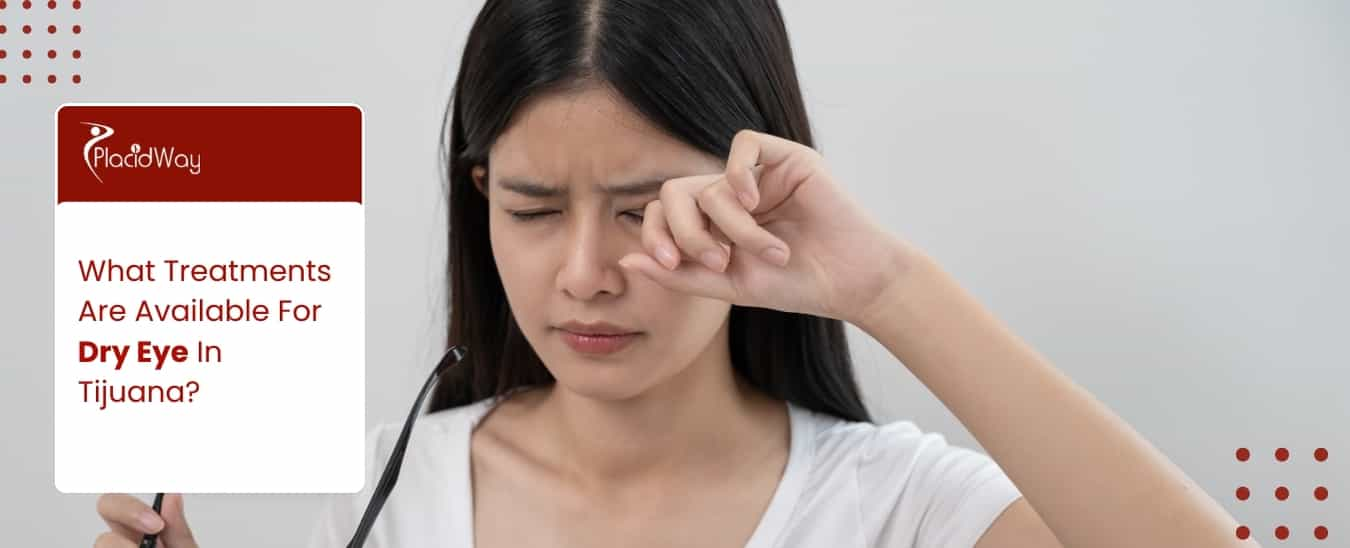
If you've been searching for effective relief, you might be surprised to learn that Tijuana, Mexico, has emerged as a significant destination for high-quality, affordable eye care, including a comprehensive range of dry eye treatments.
This guide will walk you through the various dry eye treatments available in Tijuana, helping you understand your options and what to expect when seeking care in this vibrant border city. Our goal is to provide clear, helpful information so you can make an informed decision about managing your dry eye syndrome and finding lasting comfort.
What is the cost of dry eye treatments in Tijuana compared to the US?
Here’s a general comparison:
| Treatment Type | Estimated Cost in US (USD) | Estimated Cost in Tijuana (USD) |
|---|---|---|
| Initial Consultation | $150 - $350 | $50 - $150 |
| Prescription Eye Drops (e.g., Restasis/Xiidra, 1 month) | $600 - $800+ | $200 - $400+ |
| Punctal Plug Insertion (per eye) | $300 - $800 | $100 - $300 |
| IPL Therapy (per session) | $400 - $700 | $150 - $350 |
| LipiFlow Treatment (per eye) | $800 - $1,200+ | $400 - $700+ |
How to choose a reputable clinic for dry eye care in Tijuana?
Choosing the right clinic for your dry eye treatment in Tijuana is a crucial step toward achieving effective relief and ensuring a positive medical tourism experience. While cost savings are appealing, quality and safety should always be paramount. Here are key factors to consider when selecting a reputable clinic for your dry eye care:
Consider the following aspects:
- Ophthalmologist's Credentials and Experience:
- Look for ophthalmologists who are board-certified and have specialized training or a strong focus on dry eye disease and ocular surface conditions.
- Inquire about their experience with specific treatments like IPL, LipiFlow, or punctal plugs.
- Many reputable Mexican doctors have received training in the US or Europe and are members of international ophthalmological societies.
- Clinic Facilities and Technology:
- Ensure the clinic is clean, modern, and well-maintained.
- Check if they have the advanced diagnostic equipment needed for a thorough dry eye evaluation (e.g., osmolarity testing, meibography) and the technology for the treatments you are interested in (e.g., IPL, LipiFlow).
- Patient Reviews and Testimonials:
- Search for online reviews on Google, social media, and medical tourism platforms. Pay attention to comments regarding patient care, treatment outcomes, and staff professionalism.
- Personal referrals from trusted sources can also be invaluable.
- Communication and Language:
- Ensure the clinic staff and doctors can communicate clearly in English, or your preferred language, to avoid misunderstandings.
- A good clinic will provide clear pre- and post-treatment instructions.
- Transparency in Pricing:
- A reputable clinic will provide a detailed breakdown of costs for consultation, diagnostics, and chosen treatments without hidden fees.
- Obtain a written quote before committing to any procedure.
By thoroughly researching these aspects, you can confidently select a clinic in Tijuana that provides excellent dry eye care and aligns with your treatment goals and expectations.
Discussing these complementary strategies with your ophthalmologist in Tijuana can help integrate them effectively into your personalized dry eye treatment plan, leading to more comprehensive and lasting relief.
Ready to explore your options for dry eye treatment? Visit PlacidWay to connect with leading clinics and specialists in Tijuana and around the world, and start your journey to lasting comfort and clear vision.


.png)

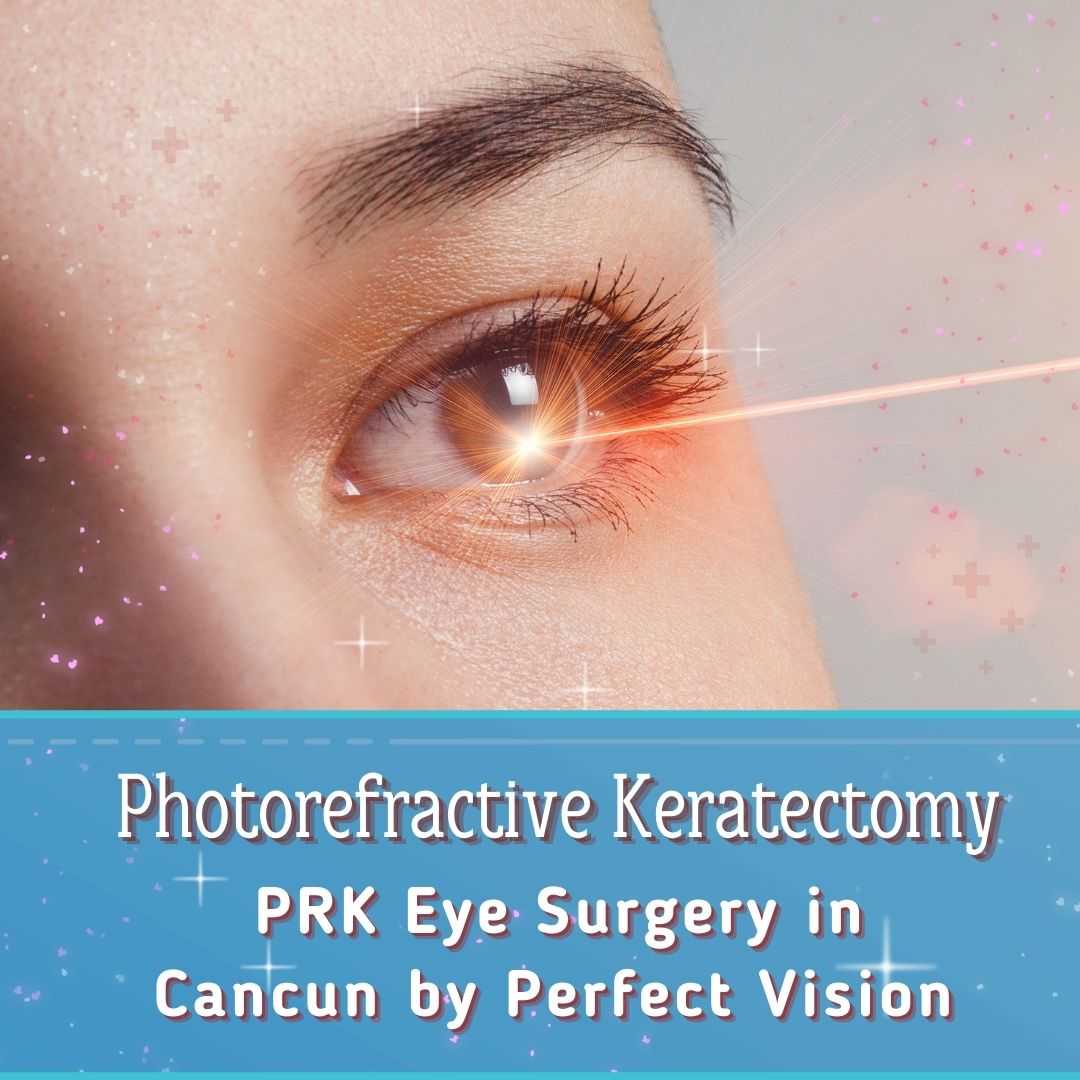
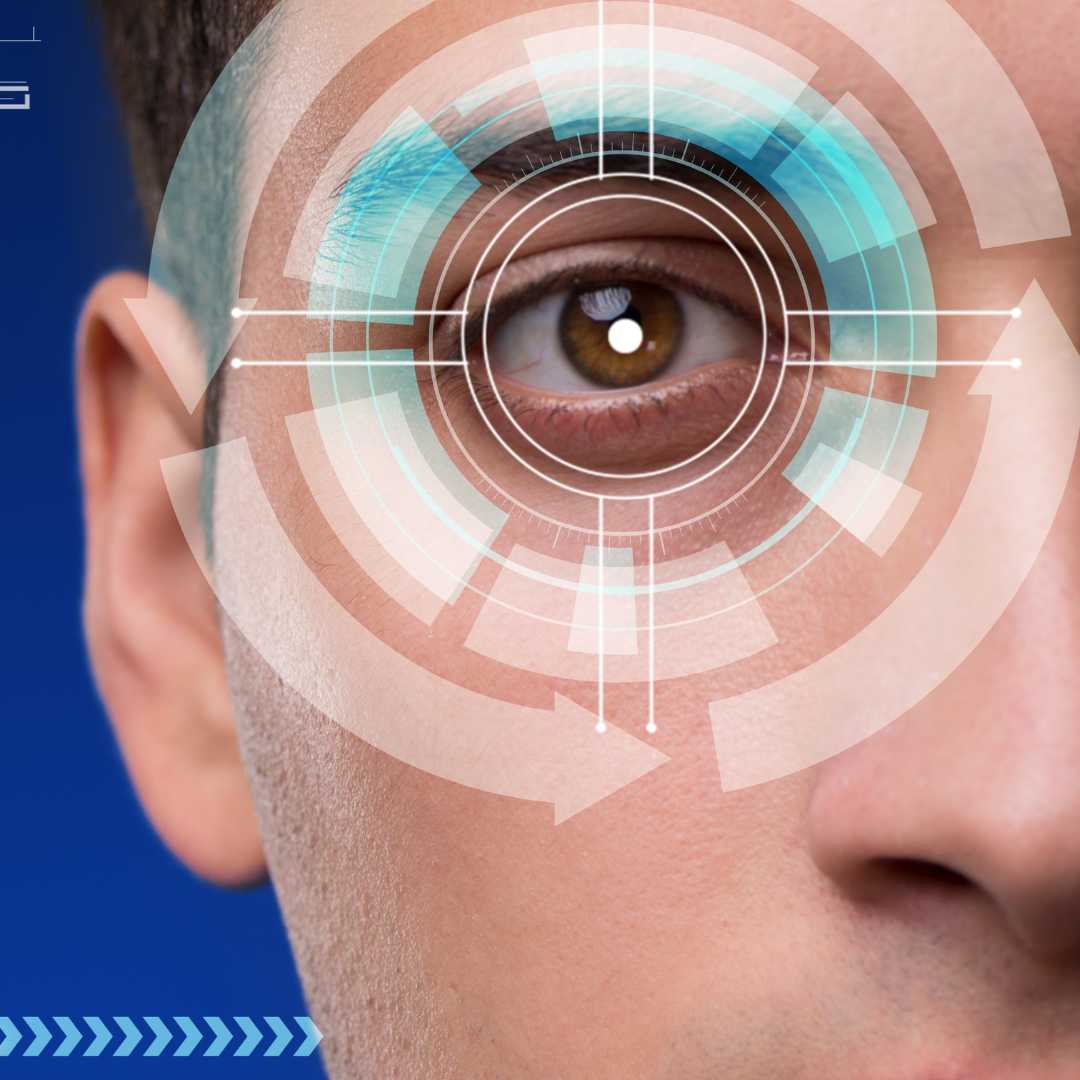
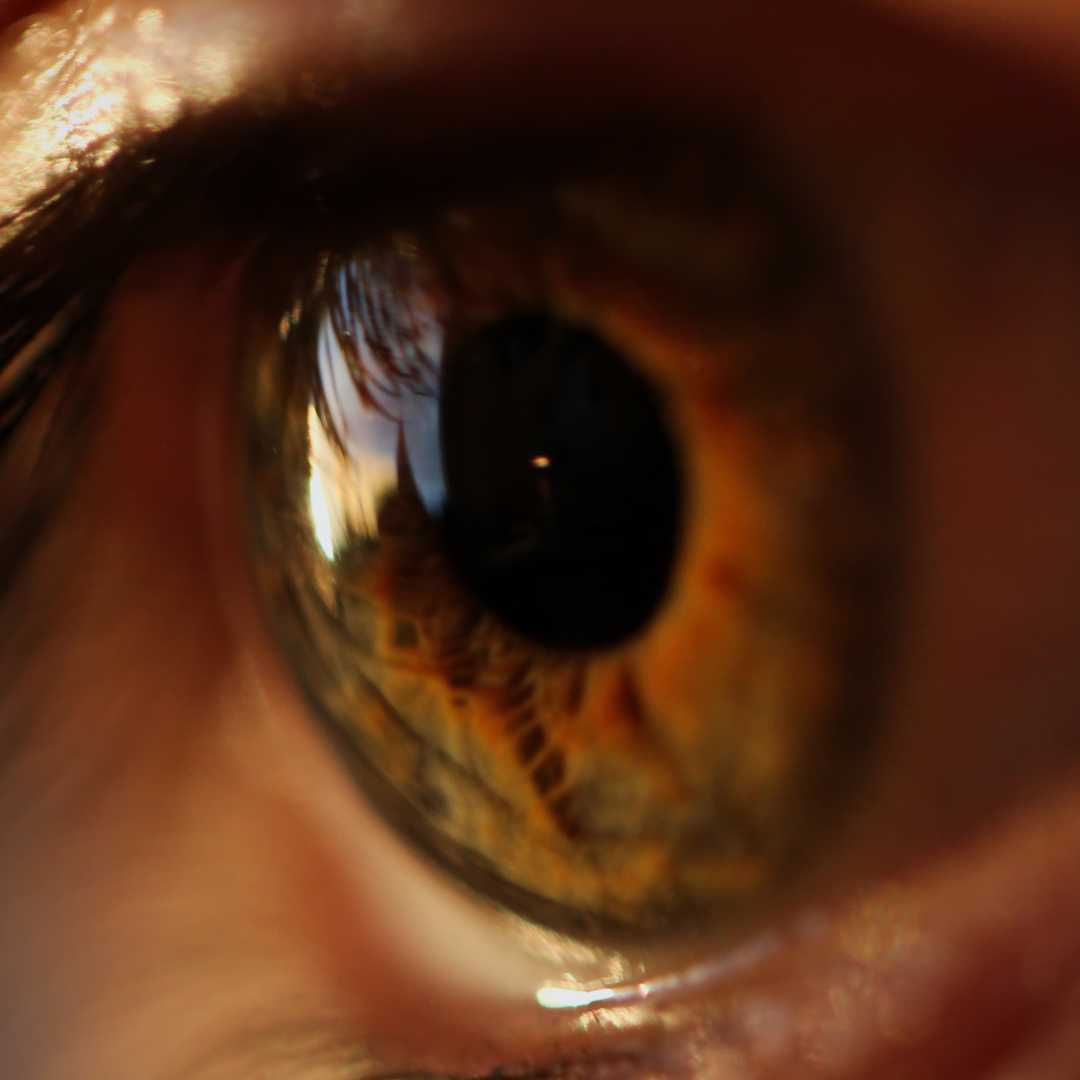
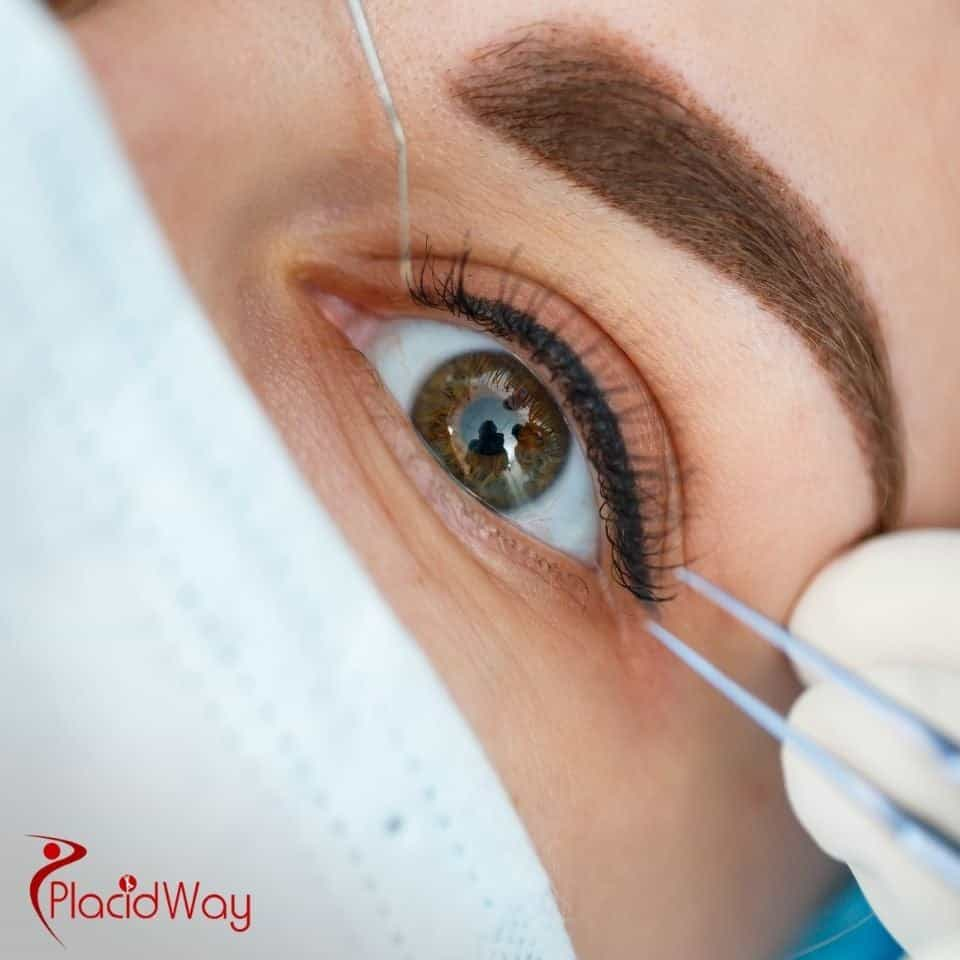
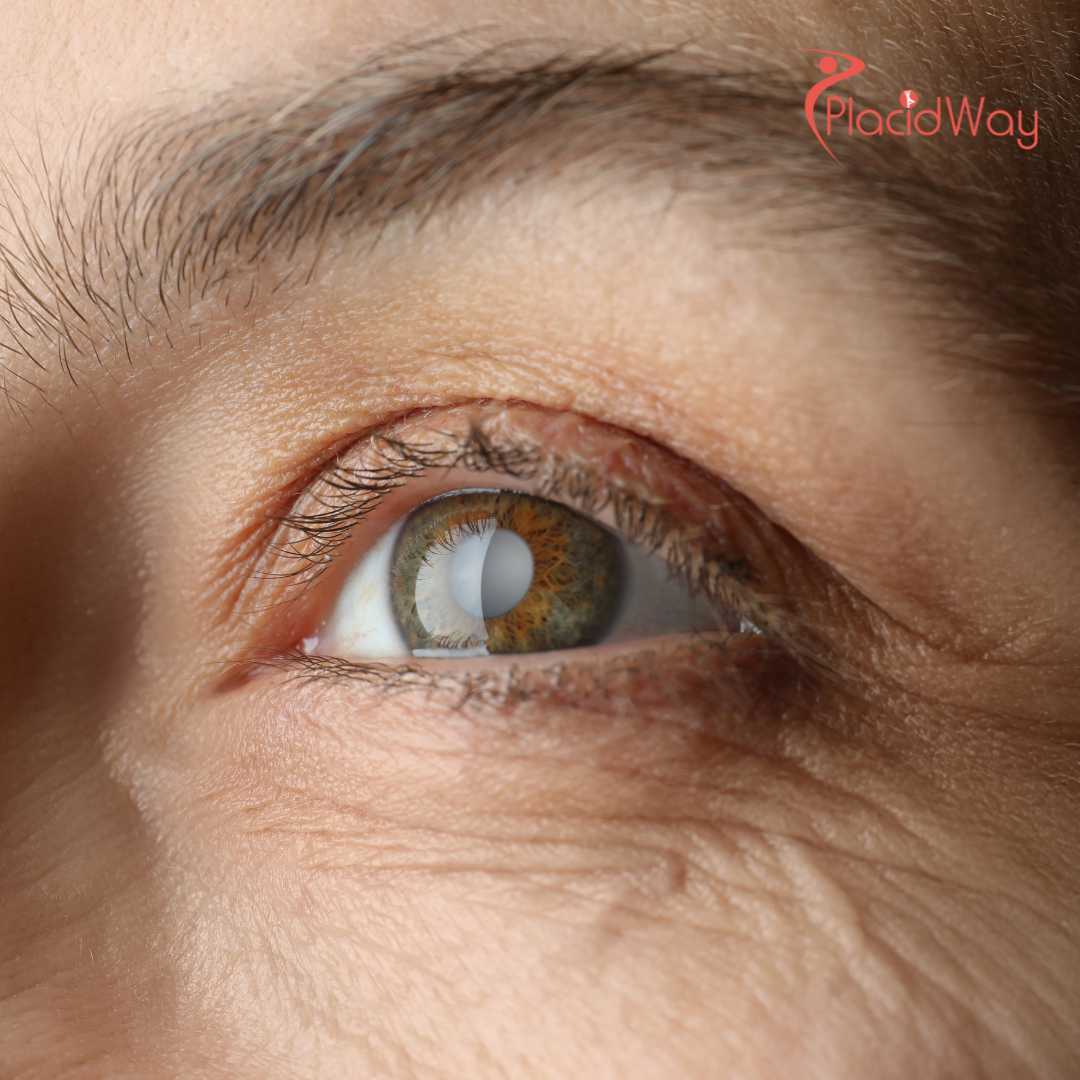
.png)


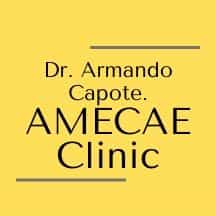

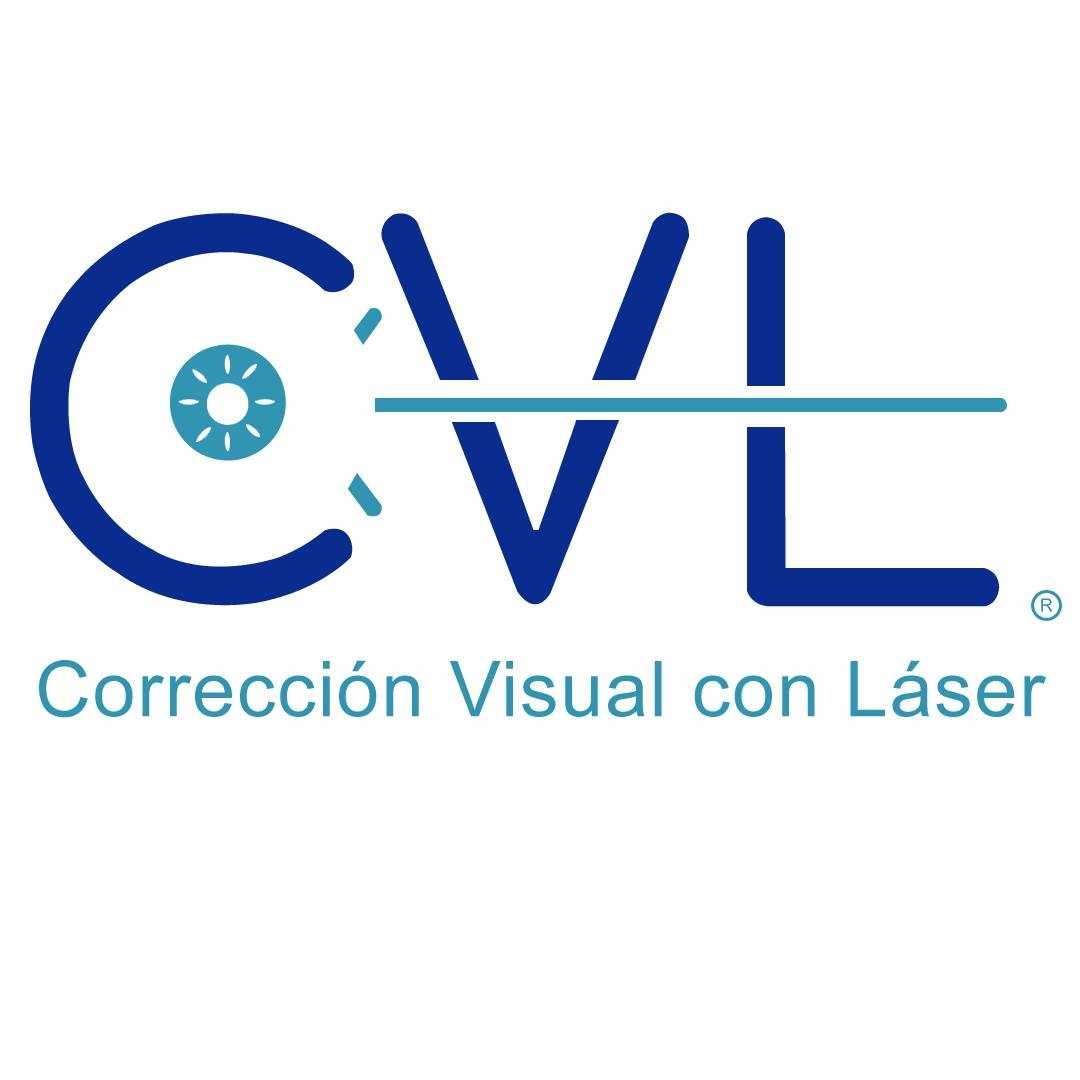
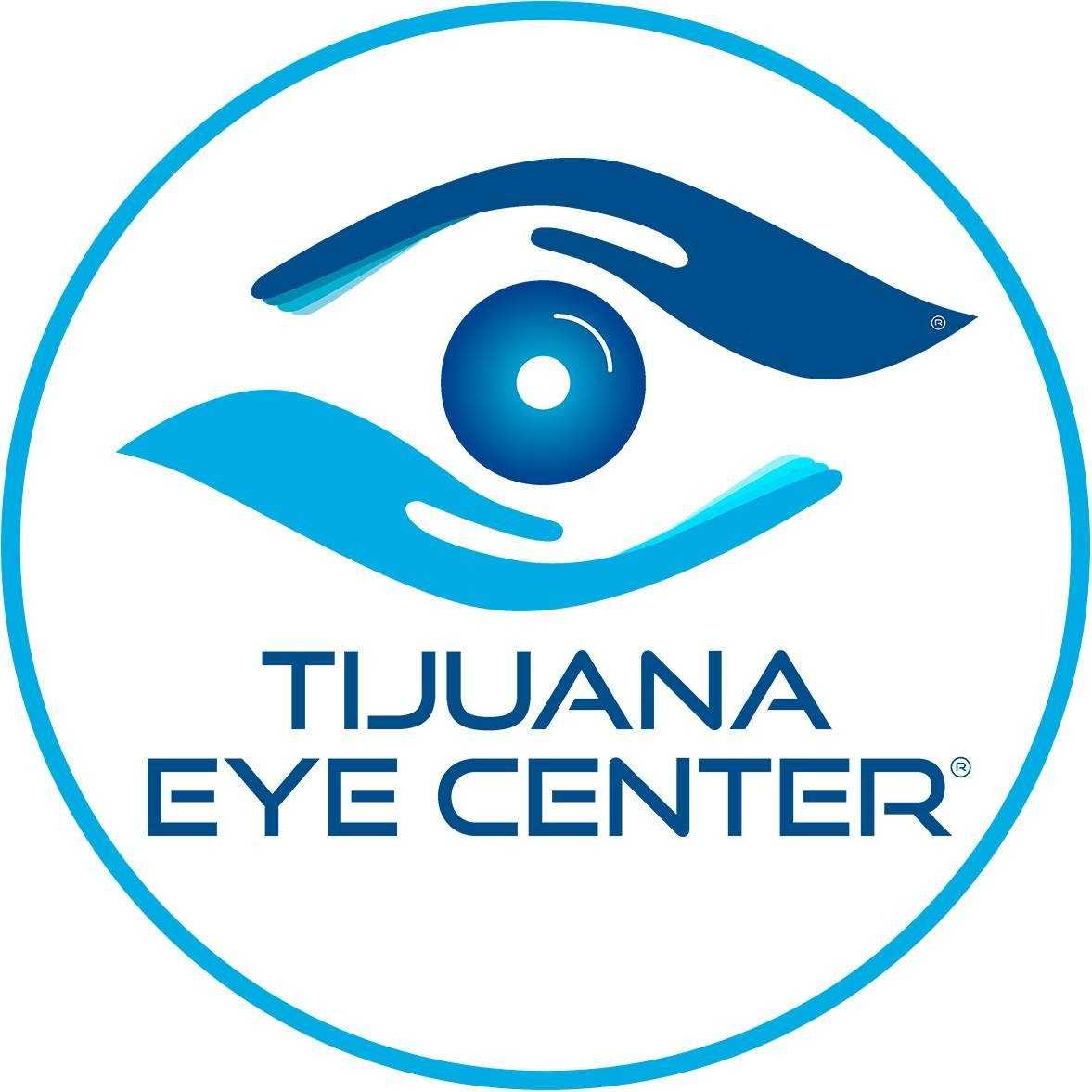

Share this listing